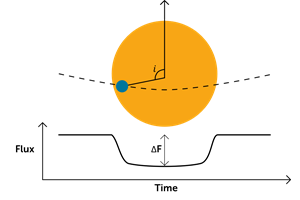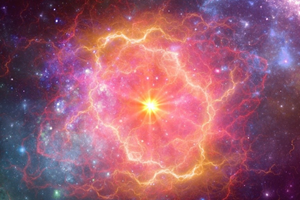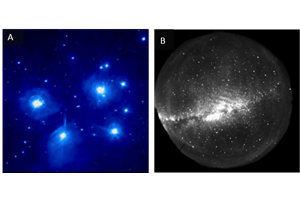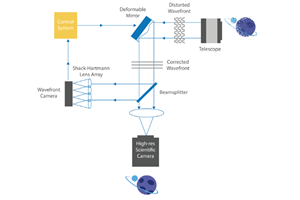COSMOS for the Detection and Characterization of Exoplanets
Exoplanets are planets that orbit a star other than the Sun, and their detection and characterization has been at the forefront within astronomy for multiple years. To date there has been greater than 4000 exoplanets confirmed across a range of different methods, with more than 5000 additional exoplanet candidates.…Read Full Article

COSMOS for Ground-Based Time Domain Astronomy

Time domain astronomy is the study of how astronomical objects and unique events vary over time. It provides an alternative method to understanding the extreme phases of galaxy and stellar evolution, through the investigation of events such as supernovae, and gamma-ray bursts, indicative of the collapse of massive stars and the creation of neutron stars or black holes, and objects such as variable pulsars and stars, to name a few…Read Full Article
Advanced CMOS Detectors: Enabling the Future of Astronomical Observation
Ground based astronomy provides an accessible way to image objects in space. As most of the objects in space can be observed within the visible wavelength range (380-700 nm), optical astronomy has been at the forefront of astronomical observation. Many objects in space are very faint, requiring a camera with high sensitivity and minimal noise to detect their weak signal.…Read Full Article

Advanced Back-Illuminated CMOS Provides an Alternative to EMCCDs for Dynamic, Faint Astronomy

Ground-based optical astronomy investigates various objects in space, from galaxies to exoplanets, via visible light. Some of these objects are dynamic and move at high speed through the sky. Traditionally, observation of these dynamic objects and events has been limited to EMCCD cameras due to their fast frame rates and high sensitivity…Read Full Article
